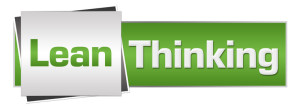Remember those things called New Year’s resolutions? Do you make them? Do they last past January? At the start of 2019, I stepped back and did some soul searching (sounds deeper than it was!) and came  up with three broad “intentions” rather than resolutions. They are balance, passion, and engagement.
up with three broad “intentions” rather than resolutions. They are balance, passion, and engagement.
By balance I wanted to figure out how to make my goal of working closer to three quarters time rather than full-time a reality. Being two plus years into our business, StarBridge Advisors, I was working much more than I initially intended. One of my goals when I stepped off the permanent CIO track in early 2016 was to have more flexibility in my career and work more like three quarters time over the course of the year. When I do an interim engagement, it is obviously a full-time commitment but then there are breaks in between.
So, in January, I decided I would be more intentional about scheduling down time. A great way to do that each week was to block off Tuesdays when I could and spend them with my daughter and two grandkids as that was her day off each week as a nurse practitioner. We had many fun Tuesdays together.
Since I said “yes” to another interim engagement in May it’s been more like having two full-time jobs considering how busy StarBridge Advisors is these days. Evenings and weekends are very full to say the least. A good problem to have for anyone with their own business! But I need to get back to a better balance during this period. It’s a work in process for sure. But I am loving the work I’m doing these days and the people I’m working with.
By passion I wanted to focus some time on developing next generation leaders which has long been a passion of mine. I’d been thinking about an idea for some time focused on developing next generation women leaders. Continue reading









